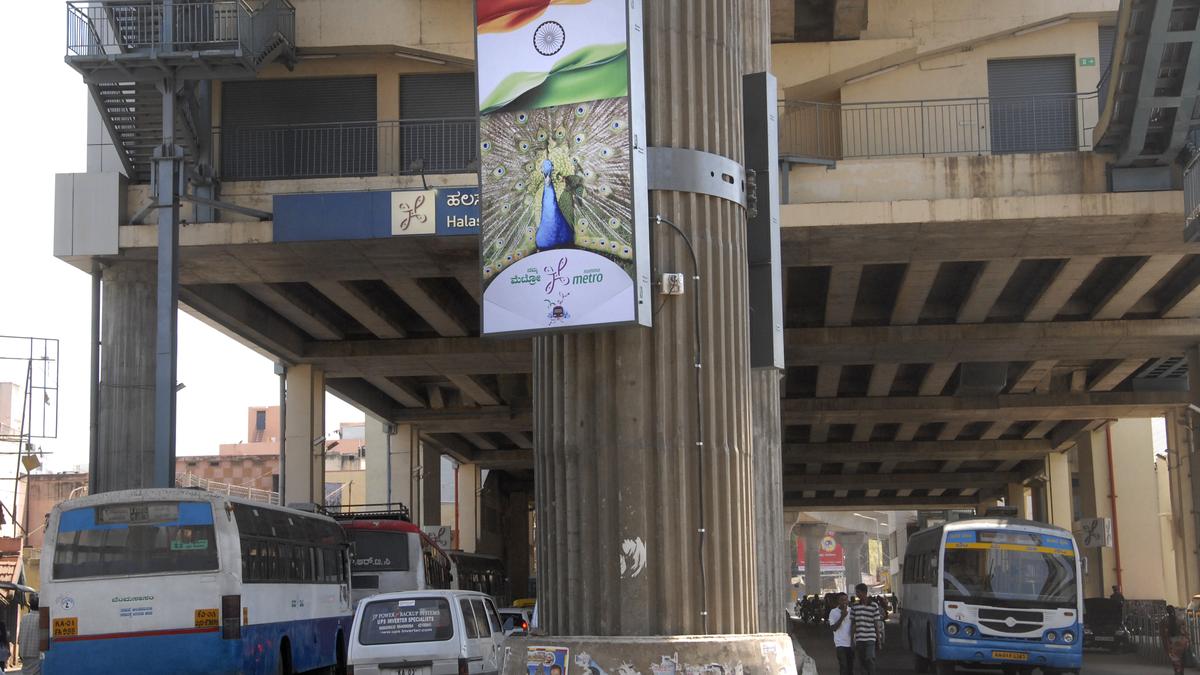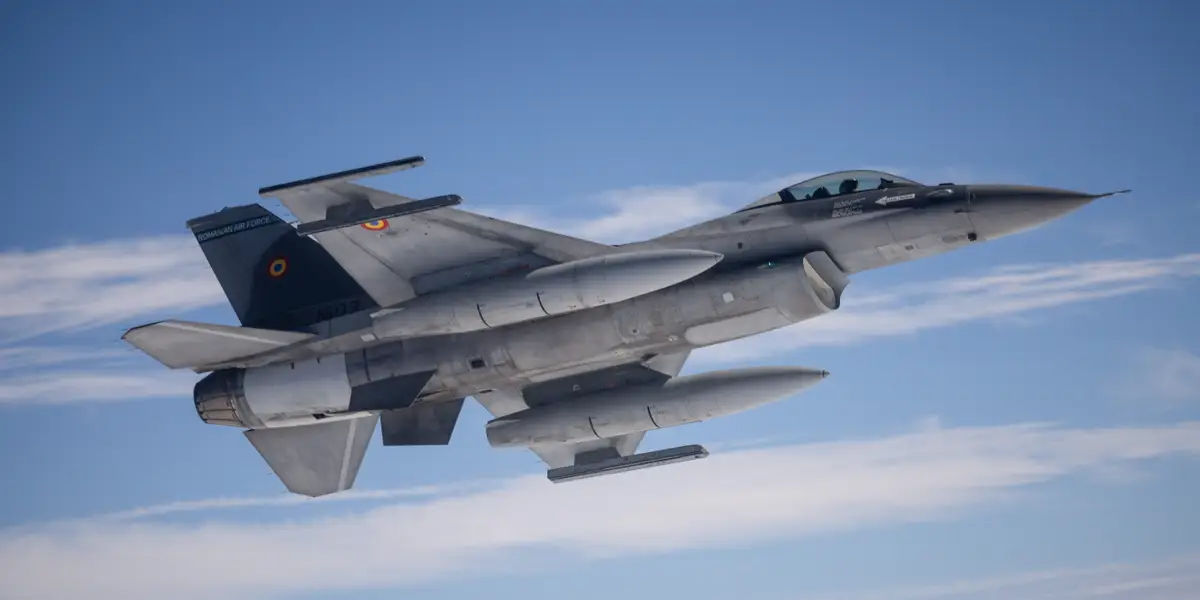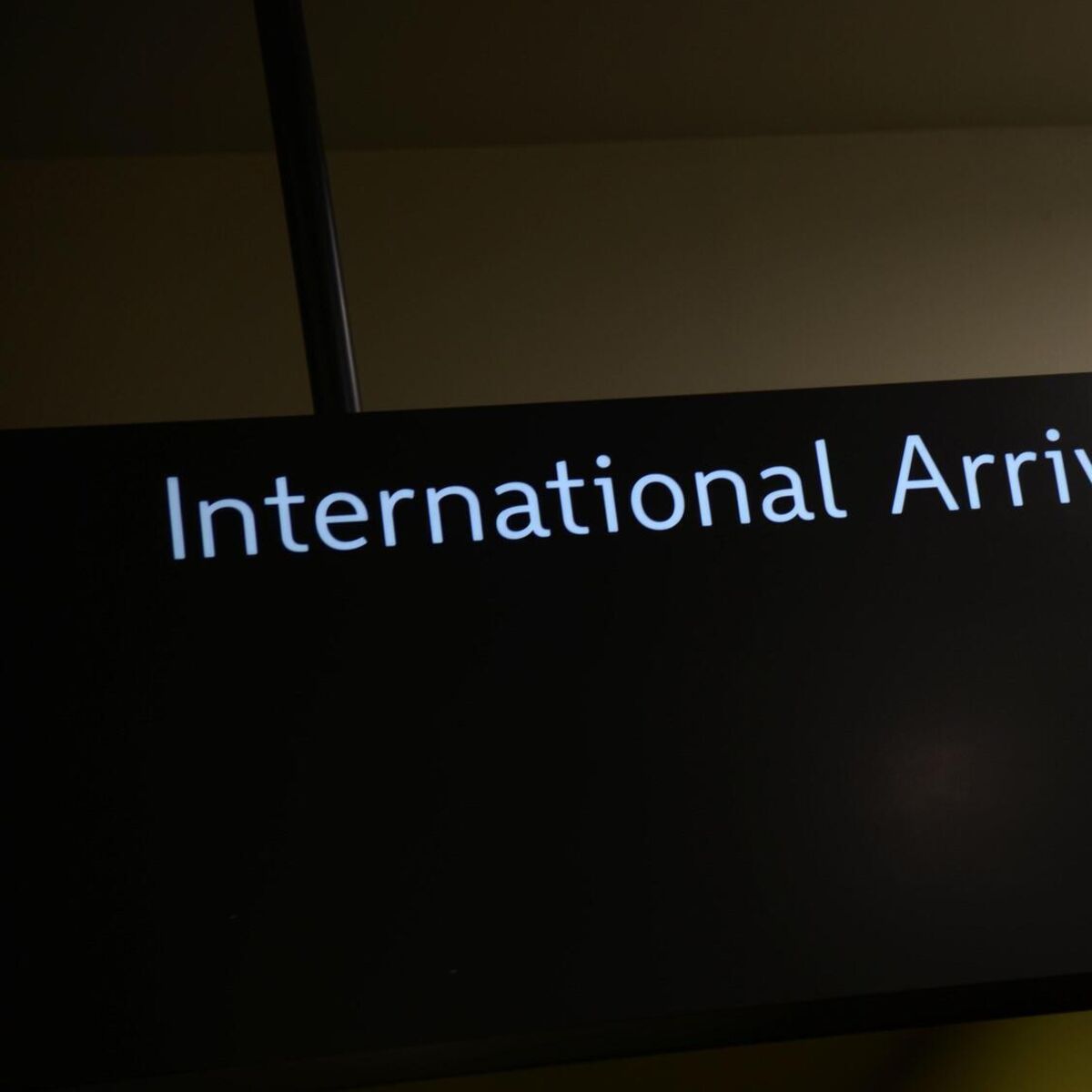Advertisements set to return on Namma Metro pillars in Bengaluru, BMRCL eyes major boost in non-fare revenue
By Darshan Devaiah B.p
Copyright thehindu

After a gap of nearly seven years, advertisements are set to make a comeback on Namma Metro pillars, with the Bengaluru Metro Rail Corporation Ltd. (BMRCL) inviting tenders to display advertisements on selected piers and portals across its metro network in Bengaluru.
The move comes after the advertisement bye-laws notified by the Bruhat Bengaluru Mahanagara Palike (BBMP), now Greater Bengaluru Authority (GBA), which grants BMRCL the right to display ads on its own infrastructure.
The tenders cover both operational corridors Purple, Green, and Yellow lines as well as the upcoming Pink and Blue lines. BMRCL officials confirmed that the advertisements would be placed on select metro pillars and portals, a practice that had been discontinued since 2018.
In August 2018, the BBMP imposed a blanket ban on outdoor advertisements across Bengaluru, citing visual pollution. The move included restrictions on metro pillars and medians beneath viaducts. Prior to the ban, BMRCL generated around ₹10 crore annually from pillar advertisements alone. The sudden prohibition left the BMRCL scrambling for alternative sources of non-fare revenue.
“BMRCL had stopped providing space to display advertisements on metro pillars after the ban was imposed in 2018. Later, BBMP came out with draft by-laws, from which we finally got clarity on advertising rights,” said a senior BMRCL official.
In July 2025, the BBMP issued a gazette notification on the Bruhat Bengaluru Mahanagara Palike (Advertisement) Bye-Laws, 2024, under the Greater Bengaluru Governance Act, 2024. The bye-laws explicitly allow advertising on properties owned by BMRCL, such as metro stations, pillars, and related infrastructure, while excluding them from BBMP’s designated advertisement zones.
However, there is a revenue-sharing clause.
“If any advertisement placed on a metro structure is visible from a BBMP-assigned area, the revenue will be shared equally between BBMP and BMRCL,” an official explained.
Push for non-fare revenue
BMRCL has been actively seeking to diversify its income sources beyond fare collection. In June 2025, the corporation introduced full-body advertisement wrap on trains operating along the Purple and Green lines, marking the first time in its 13-year history that such branding was rolled out.
Two separate seven-year agreements were signed with advertising firms, valued at ₹1.26 crore and ₹81.49 lakh, respectively. Officials noted that indoor advertisements at stations and inside trains continue to be key contributors to non-fare revenue.
Other income-generating initiatives include retail outlets, ATMs, parking spaces, promotional kiosks, leasing for electric vehicle charging stations, and providing space for telecom towers and optical fibre cables. BMRCL also resumed permission for film shoots at stations and inside trains in 2023.
Among its most lucrative ventures was the leasing of 13 acres near Nagasandra metro station to IKEA India Private Limited in 2017, under a 60-year agreement that fetched ₹251 crore.
Fare Fixation Committee underscores importance
The recent report of the Fare Fixation Committee (FFC), released after months of delay after huge public demand, also stressed the importance of expanding non-fare revenue. The report highlighted that while BMRCL’s fare box collection in 2023–24 stood at ₹573.91 crore, its property-related income was only ₹50.05 crore, just 8.72% of fare revenue.
The FFC report states that the fare box revenue is supplemented by income from property business, advertisements, kiosks, shop rentals, parking fees, station naming, and train wrapping. “During the FY 2023-24, BMRCL earned ₹50.05 crore from property business, which is 8.72% of revenue from fare box collection of ₹573.91 crore,” the report stated.
The BMRCL has informed the FFC that ‘after the advertisement policy being finalised by the government of Karnataka, which may permit BMRCL to display advertisements outside the metro station premises, the non-fare box revenue is likely to go up by ₹60 crore to ₹80 crore per year”
Officials believe that restoring pillar advertising will not only recover lost revenue but also expand opportunities as new metro lines become operational.
“With Bengaluru’s metro network expected to have a 220-km operational network by 2029, the number of pillars and structures available for advertisements will multiply. This will help the BMRCL have a good source of non fare revenue,” a senior metro official said.



